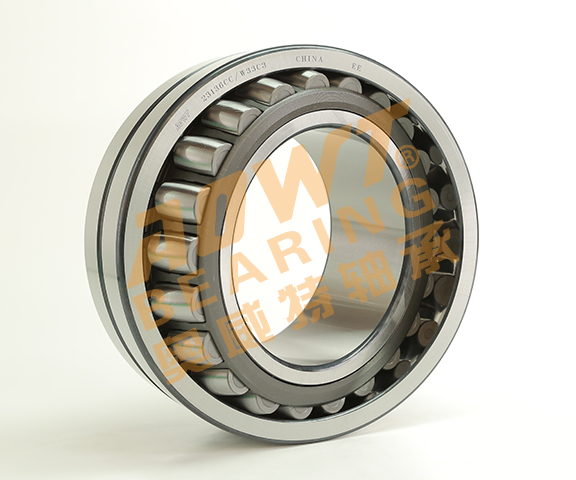Understanding Ceramic Bearings Imagine world
Understanding Ceramic Bearings Imagine world
Blog Article

Imagine a world where your machinery operates with reduced friction, enhanced durability, and minimal maintenance. This is not just a dream but a reality made possible by ceramic bearings. These innovative components are revolutionizing various industries, from aerospace to automotive, by offering superior performance over traditional steel bearings. But what exactly are ceramic bearings, and why should you consider them for your applications?
Understanding Ceramic Bearings
Ceramic bearings are manufactured using advanced materials such as silicon nitride or zirconium dioxide. Unlike their steel counterparts, ceramic bearings are less susceptible to wear and corrosion, making them ideal for harsh environments. They can withstand extreme temperatures and are often lighter, which can significantly enhance the efficiency of the equipment they are used in.
Advantages of Ceramic Bearings
The benefits of ceramic bearings extend beyond just durability. For instance, they exhibit lower thermal expansion, which means they maintain their shape and functionality even when exposed to significant temperature changes. This property is especially critical in applications like high-speed motors, where precision is paramount.
Another remarkable advantage is their low friction coefficient. Tests have shown that ceramic bearings can reduce friction by up to 50% compared to traditional bearings. This reduction not only improves energy efficiency but also results in less heat generation, prolonging the lifespan of both the bearing and the machinery it supports.
Additionally, ceramic bearings are non-magnetic, making them suitable for sensitive environments, such as MRI machines or telecommunications equipment, where magnetic interference could lead to malfunctions. With their ability to operate effectively in extreme conditions, it’s no wonder that more industries are turning to ceramic solutions.
[IMAGE]
Applications of Ceramic Bearings
Ceramic bearings are being utilized in a myriad of applications. For example, in the aerospace industry, they help in reducing weight and improving fuel efficiency. Similarly, in the automotive sector, these bearings are found in high-performance vehicles where speed and reliability are crucial.
Sports equipment manufacturers are also leveraging ceramic bearings to enhance performance. Skateboards, bicycles, and inline skates benefit from the reduced friction and improved durability that these bearings provide, allowing athletes to achieve their best results.
For those looking to delve deeper into the world of ceramic bearings, resources like https://www.aubearing.com/the-ultimate-guide-to-ceramic-bearings/ offer comprehensive insights and practical advice on integrating these components into various systems.
Challenges and Considerations
Despite their many advantages, ceramic bearings do come with challenges. They can be more brittle than steel bearings, making them susceptible to shock loads. Therefore, careful consideration is needed when selecting them for applications where impact resistance is critical.
Additionally, the initial cost of ceramic bearings is typically higher than that of their steel equivalents. However, when considering the long-term benefits—such as reduced maintenance costs and increased efficiency—the investment can often pay off.
Conclusion
In summary, the shift toward ceramic bearings represents a significant advancement in bearing technology, with implications that span numerous industries. Their unique properties offer compelling advantages, making them an attractive option for those seeking to enhance performance and longevity in their machinery. Whether you’re in aerospace, automotive, or sports equipment, understanding how to leverage ceramic bearings can provide you with a competitive edge.
Report this page